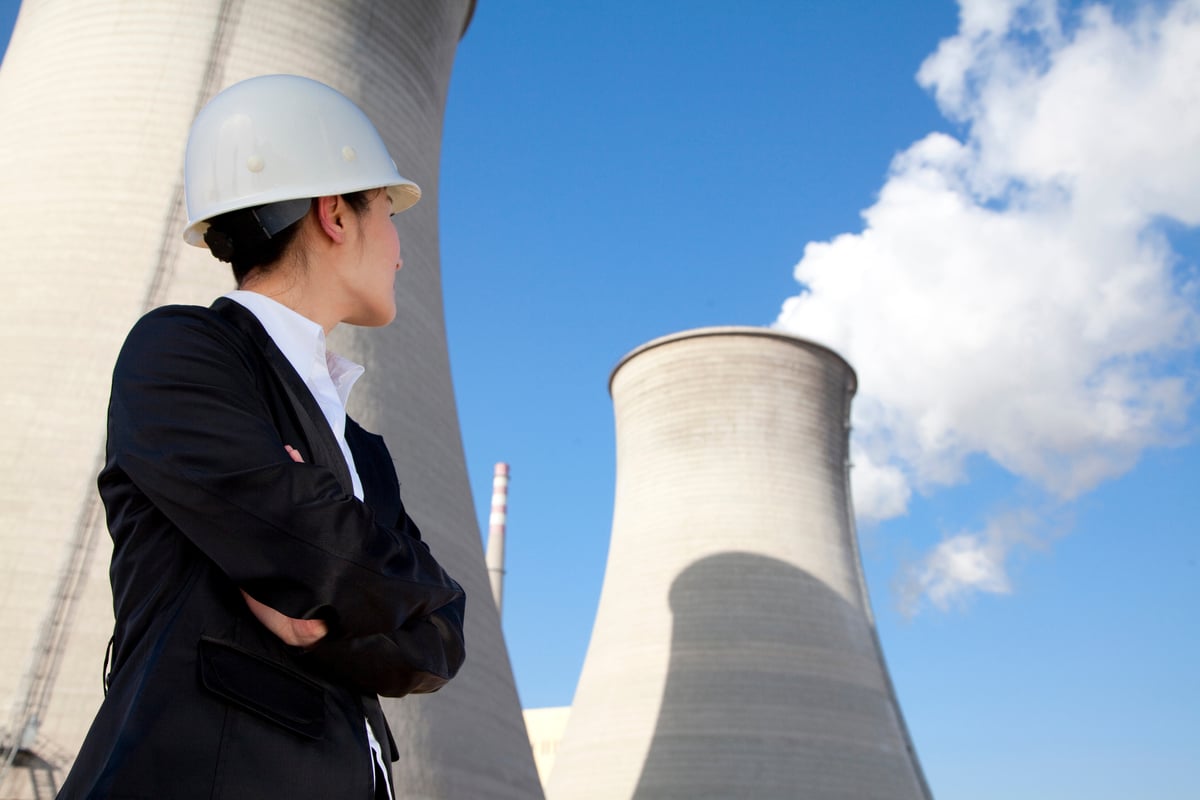AK Steel (AKS +0.00%) has a long history, including customer relationships that reach toward a century in length. That's some legacy. But with that much history behind it, the company has lived through very different times in this country. It is, along with many others, saddled with extra costs because of its impressive history.
Union dues
AK Steel and competitor U.S. Steel (X +0.00%) both have storied pasts. In a cyclical industry like steel, it's impressive to be able to survive as this pair has. However, because of that longevity, both companies are at a disadvantage to newer players like Nucor (NUE 0.88%) and Steel Dynamics (STLD 0.64%).
The technology that these firms use is one example, with Nucor and Steel Dynamics using scrap steel and electric arc furnaces as the foundation of their businesses. AK Steel and U.S. Steel both use blast furnaces, driven by coal and iron ore. The so-called mini-mills, utilized by Nucor and Steel Dynamics, can often operate at lower costs. These mini-mills also offer greater flexibility in terms of reducing or re-starting production capacity depending on market dynamics. However, operating capabilities are just one difference between these companies that is partly a function of when they opened their doors.
With much shorter histories, Nucor and Steel Dynamics have generally avoided employee retirement costs like pensions and retiree health care expenses. For example, in the third quarter AK Steel made sure to point out that it didn't expect any material pension and retiree health care costs, but that it is "impossible to reliably forecast or predict" such annual adjustments or their magnitude.
No small issue
In 2008, during the 2007 to 2009 recession, the company was hit with a nearly $700 million "non-cash charge related to the company's pension plans." That was a rough time to get hit with such extra costs. Those costs don't just pop up when the markets are struggling, either. In 2011 the company faced nearly $270 million, followed by about $160 million in 2012. These "corridor costs" are somewhat unique to AK Steel and come on top of the annual $170 million the company put toward pension costs in 2011 and 2012.
In fact, AK Steel points out in its annual report that it "continues to provide pension and health care benefits to a significant portion of its retirees, resulting in a competitive disadvantage compared to certain other domestic integrated steel companies and the mini-mills that do not provide such benefits to any or most of their retirees."
U.S. Steel faces a similar situation, noting in its annual that retiree costs in North America are "higher than those of many of our competitors." And that the "plans create a competitive disadvantage and negatively affect our results of operations and cash flows." In 2012, the pensions and "other" post retirement benefits ate up $181 million.
Not so for the newbies
Steel Dynamics, on the other hand, points out in its annual that 90% of its employees are non-union, which generally means there's no long-term retirement or health care costs to deal with. In fact, the word "pension" shows up exactly once in its 2012 annual report in a minor note. Nucor, meanwhile, faced health care expenses for retirees of $1.9 million in 2012, a relatively tiny sum.
Because of when this pair started up, they largely avoided the period in this country's history when unions were strongest. Thus, instead of defined benefit plans, they largely offer plans with defined contributions. Without the open-ended costs associated with defined benefits, Steel Dynamics and Nucor have much lower legacy costs than AK Steel or U.S. Steel. As the two old hands point out, this is a competitive advantage.
An issue to watch
Pension costs alone aren't a reason to pick one company over another. However, AK Steel and U.S. Steel do face higher costs than younger competitors like Nucor and Steel Dynamics. So this is an important issue to keep in mind when considering the competitive positions of the steel industry's players. If all else is nearly equal, such legacy costs could easily tip the scale.
1 of these steel giants could help you retire rich. Find out which one, here:





